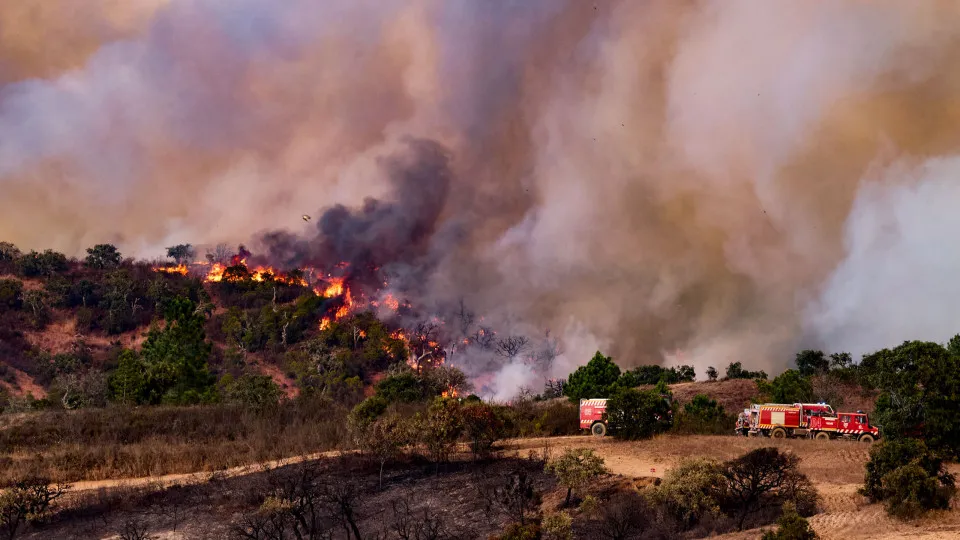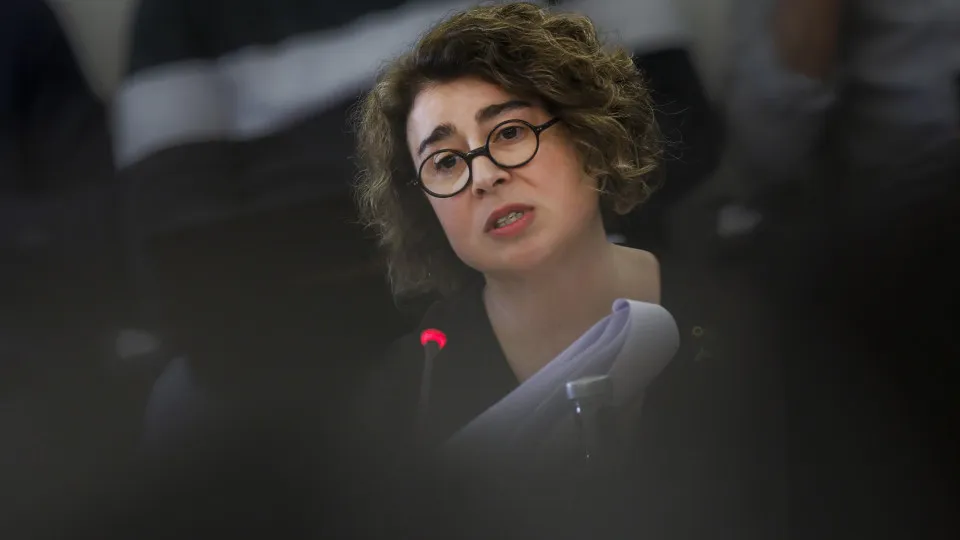
During a session at the Parliamentary Committee on Agriculture and Fisheries held this afternoon, Tiago Oliveira, president of the Agency for Integrated Management of Rural Fires (AGIF), emphasized that it was “predictable” that wildfires would consume “very large burnt areas” as witnessed this year.
“What was not predictable was the pressure in agricultural territories, meaning the fire spread to many areas where the landscape was not used as an opportunity for suppression,” he stated, citing the fires in the municipalities of Mêda, Penedono, Sernancelhe, and Cova da Beira, where the fire swept through 27 villages, “not all of which had firefighters.”
Tiago Oliveira explained that the firefighting system “did not have the speed of anticipation and framing to respond and protect those villages.”
“Some villages survived, and there were no injuries or fatalities because they were prepared by the Aldeia Segura program, or because people on vacation there rolled up their sleeves and did their part,” he noted.
The head of the agency coordinating rural fires further suggested that the system lacked “the capacity of anticipation to manage the fire within the forests and take advantage of the anchoring opportunities the fires presented.”
“There are chronic weaknesses in the management of the firefighting and prevention system,” he affirmed, noting that an analysis of this year’s events has yet to be conducted.




